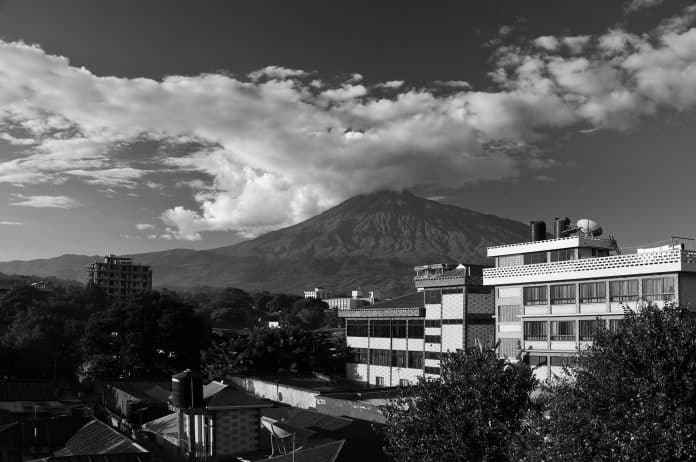Your Quick Arusha Tanzania Region Handbook
Arusha region is part of the 31 regions of Tanzania. Its capital is Arusha city. This region is surrounded with following areas: northwards lie Kajiado and Narok counties in Kenya, east lies Kilimanjaro, southwards are Singida and Manyara, and lastly westwards are Simiyu and Mara. Key cities comprise Namanga, Monduli, Loliondo and Longido in the north, Mto wa Mbu and the Karatu River in the west, plus the Usa River in the east. This region is proportionate to the collective size of both dry and wetlands of Maryland, USA.
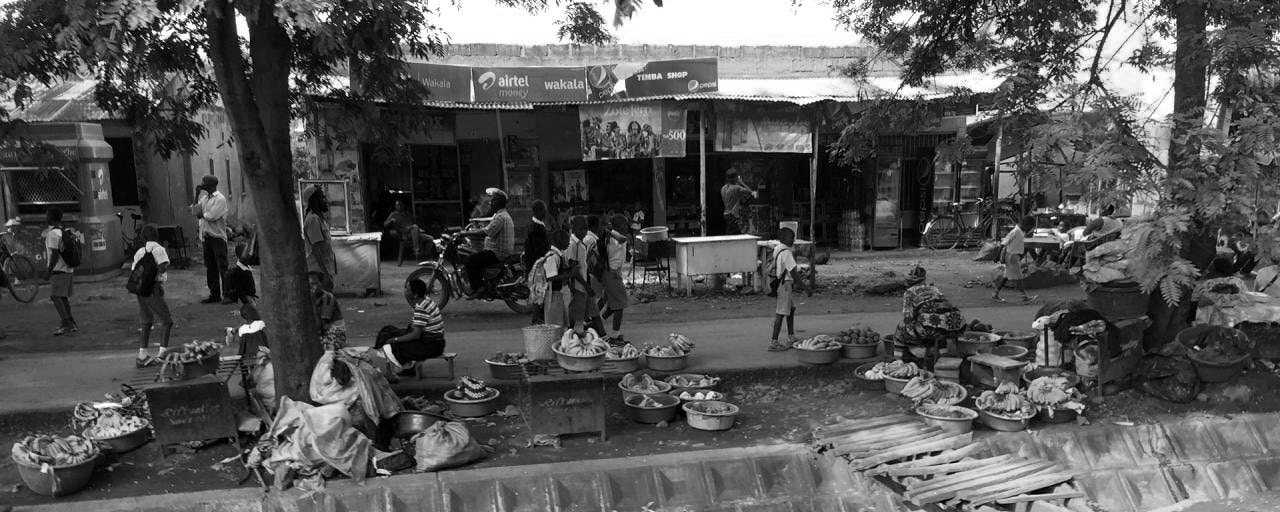
The region of Arusha is a popular tourist town being the tourist capital of northern Tanzania and it is the location where the Arusha Declaration was created and home to the famous Arusha International Conference Centre. A few national wildlife parks and game reserves in the region include the Arusha National Park, Loliondo Conservation Area, the Ngorongoro Conservation Area Authority, and the Lake Manyara National Park (partially). The remains of carved stones aged 600 years old are found in Engaruka, a short distance on a dusty road between Lake Natron and the Mto wa Mbu. Thanks to its HDI rating (0.721), the region is one of the most advanced areas in Tanzania.
In short, there is a large portfolio of things to see in Arusha for both foreigners and locals coming from other regions of the country.
History
A major portion of today’s Arusha area was home to the Maasai and they remain the prevalent ethnic group till date. Their heavy impact is demonstrated by names of cities, cultures, dishes, and geographical areas.
The region has existed since 1922 when the mainland of Tanzania was part of the United Kingdom Nations League. It was called Tanganyika and was subservient to League of Nations. In 1948, Arusha was part of the Northern colony, which comprises of present-day Kilimanjaro and Manyara regions. In the year 1966, under the independent government of Tanzania, Arusha was granted regional status.
In 2002, Arusha region was partitioned which resulted to the Manyara region and Kilimanjaro region being born. It included the Arusha localities of Babati, Hanang, Kiteto, Mbulu and a small part of Monduli.
Between 1966 and 2002, Arusha existed to be Tanzania’s biggest region.
Geography
At the center of Arusha running from the north to the south, is the Great Rift Valley. To the north of Ngorongoro Conservation Area, sits Ol Doinyo Lengai (translates to Mountain of God in Maasai), a living volcano. The state of elevation varies greatly within the region.
Arusha Weather
Usually Arusha temperature fluctuates between 56F all the way up to 83F, but very few times it would go under 51F or over 88F.
Arusha Regional Districts
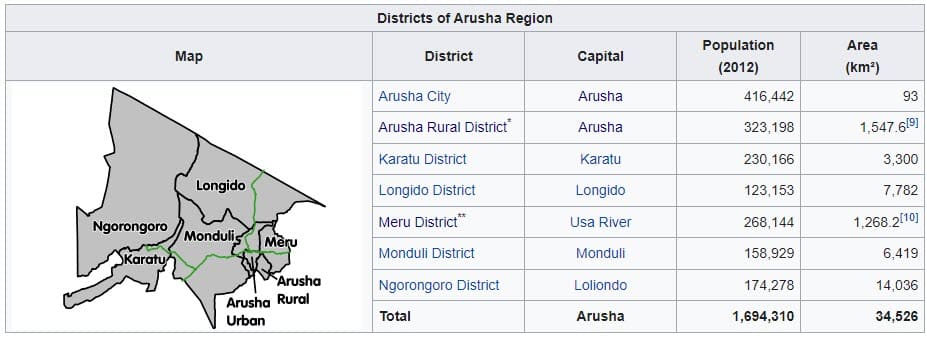
Notes:
* – represents the western part of the previous Arumeru district
** – represents the eastern part of the previous Arumeru district
National Wildlife Parks, Historical Monuments, Alongside Other Locations
- The Great East African Rift Valley
- Mount Longido Game Reserve
- Uhuru Monument
- Arusha National Park
- Engaruka
- Mount Meru Game Reserve
- Olduvai Gorge
- Empakaai Crater
- Oldonyo Lengai
- Ngorongoro Conservation Area
- Lake Manyara National Park (part of the area)
- Ngurdoto Crater
Population
In accordance with the 2012 census, Arusha’s population stood at 1,694,310.
There are numerous Arusha tribes which include the Arusha, Chagga, Iraqw, Maasai, Nguu, Meru, Pare and Sonjo.
Culture and Food
Nyama Choma is the most popular food among local communities living within this region, especially the Maasai. It is often served with French-fried potatoes on the side, chili sauce along with cold soda or beer.
Another popular thing that falls into this category is Arusha coffee.
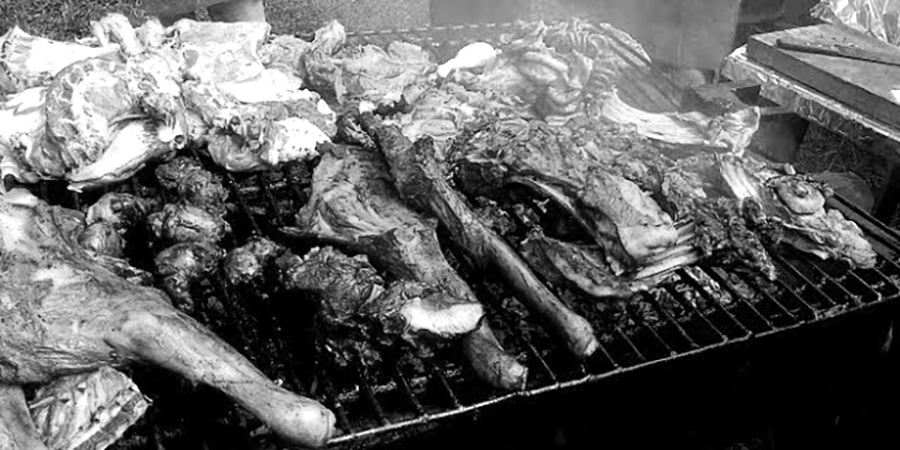
Transportation
Roads
The A-23 road, Arusha to Himo, runs from east to west and comes into Arusha close to the International Airport of Kilimanjaro. It joins Arusha to Moshi then eventually Himo on the border with Kenya. The road stops as it intersects at the A-104 right in the middle of Arusha. This A-104 road runs north which is westwards of Mount Meru, starting at Arusha onto Namanga and Longido right at the border of Kenya border then proceeding to Nairobi. Additionally, this road runs west through Monduli onto the intersection with the B-144 at Makuyuni. The B-144 road leads to Ngorongoro Conservation Area and Mto Wa Mbu. Afterwards, this road bends south, which is eastwards of Lake Manyara and proceeds to Dodoma and Babati. Major part of travelling on land is done using buses from Arusha city. However, in this city and small towns, Dala Dalas (small transit buses) are popular.
Waterways
In addition to being landlocked, none of Arusha’s rivers are navigable. The bigger lakes within the Great Rift Valley do not get utilized for transit. The region consists of Lake Duluti, Lake Eyasi, Lake Empakaai, Lake Natron, and Lake Momella.
Arusha Airport
The region is serviced by the International Airport of Kilimanjaro in the Hai district within the Kilimanjaro region. International Airlines received are;
- KLM
- Qatar Airways
- Turkish Airlines
- Condor
- Precision Air
- Edelweiss Air
- Safarilink Aviation
- Ethiopian Airlines
- Air Uganda
- Air Kenya
- Express Kenya Airways
- RwandaAir
Numerous hotels in Arusha are surrounding the airport due to the traffic of tourists landing at KIA throughout the year to enjoy numerous Arusha tourist attractions. Such hotels are the Arusha Serena hotel, Gran Melia Arusha
There is also a small airport in Arusha (Kisongo) which caters to private, small and medium-sized aircrafts flying mainly to tourist destinations such as the Serengeti Game Park, Ndutu, Seronera and Zanzibar among others. Aircrafts using this airport comprise;
- Flying Doctors
- Precision Air
- AMREF
- Auric Air
- TFC
- Coastal Aviation
- Grumeti Air
- Other private aircrafts
Celebrities
Edward Sokoine, the 2nd Prime Minister of Tanzania.
Fredrick Sumaye the 9th Prime Minister of Tanzania (1995 – 2005).
Edward Lowassa the 10th Prime Minister of Tanzania (2005 – 2008).
Filbert Bayi (a retired iconic Tanzanian runner) was born in Arusha.
Heads of Arusha Region
The head government official in the province is the governor. The following table outlines regional commissioners that served in Arusha starting 1962 to date
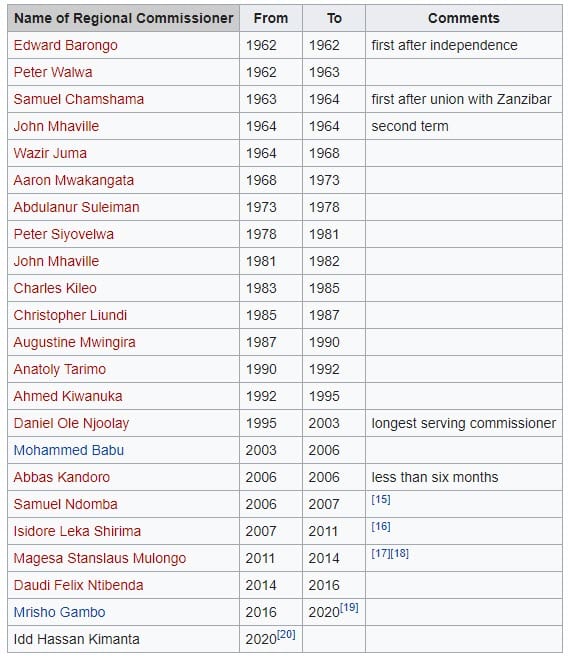
For more articles related to regions of Tanzania click here!

























